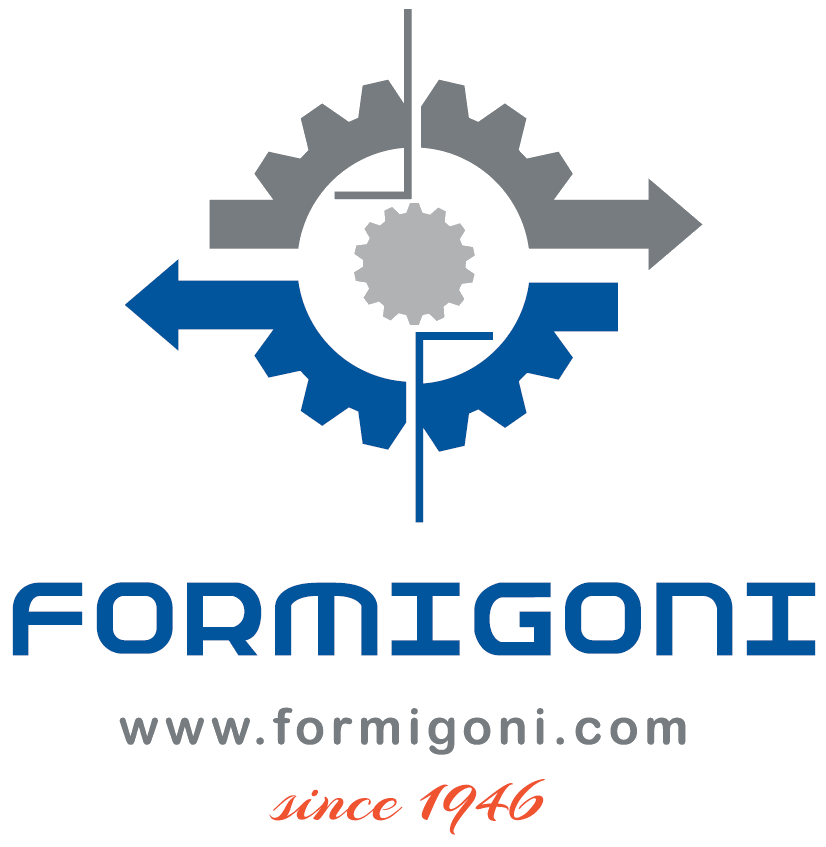
DEC.CAS™
compressed air systems
Air compressors and compressed air systems play a crucial role in various industrial applications: DEC.CAS™ are widely used to power pneumatic actuators, pumps and feeding DEC.N2G™ • N2 Generators (PSA cycle), providing a reliable source of compressed air.
In this document, we will briefly explore the fundamental components of compressed air circuits, including air compressors, compressed air dryers, filtering systems, and buffer tanks: understanding these essential elements will help you optimize the configuration, performances and efficiency of your compressed air system.
DEC.CAS™ • air compressors
Air compressors are the backbone of compressed air systems. They convert electrical or mechanical energy into compressed air, which can then be stored and distributed as needed. There are several types of air compressors, including reciprocating, rotary screw, and centrifugal compressors. Each type has its advantages and is suitable for different applications based on factors such as air demand, pressure requirements, and energy efficiency.
DEC.CAS™ employs rotary screw or centrifugal compressors being more suitable for continuous operations, with higher air demands: bet fitting in large-scale industrial applications that require a significant volume of compressed air.
DEC.CAD™ • dryers
Compressed air often contains moisture, which can lead to corrosion, equipment damage, and product contamination. Compressed air dryers are used to remove moisture and ensure the quality of the compressed air. Two common types of compressed air dryers are Pressure Swing Adsorption (PSA) dryers and chiller dryers.
PSA dryers operate by passing compressed air through a desiccant material that adsorbs moisture: the dry air is then released into the system while the wet desiccant is regenerated using a separate airflow.
Chiller dryers, on the other hand, cool the compressed air to lower its dew point, causing the moisture to condense and be removed.
The choice of dryer depends on factors such as required dew point, system size, and energy efficiency. Proper selection and maintenance of compressed air dryers are essential to prevent moisture-related issues and ensure optimal performance.
DEC.CAF™ • filtering systems
Air compressors can introduce contaminants such as oil, dust, and particles into the compressed air. Filtering systems are used to remove these contaminants, ensuring clean and pure air for sensitive applications and protecting downstream equipment (e.g. DEC.N2G™ • N2 Generators (PSA cycle)).
Filters typically include three stages: a pre-filter to remove larger particles, an activated carbon filter to remove oil, organic compounds and odors, and a micro-filter to remove fine particles. Regular maintenance and replacement of filters are necessary to maintain their effectiveness and prevent pressure drop across the system.
buffer tanks | air receivers
Buffer tanks, also known as air receivers, are used to stabilize compressed air systems by providing storage capacity: they act as a reservoir, absorbing demand fluctuations and reducing the load on the compressor.
Buffer tanks help maintain stable pressure levels and prevent frequent cycling of the compressor, resulting in energy savings and extended compressor life.
The size of the buffer tank depends on factors such as air demand, compressor capacity, and system dynamics. Proper sizing and installation of buffer tanks are crucial to ensure optimal system performance.
conclusions
Compressed air systems rely on various components working together to deliver reliable and high-quality compressed air. Understanding the role of air compressors, compressed air dryers, filtering systems, and buffer tanks is vital for designing, operating, and maintaining an efficient compressed air circuit.
By selecting the appropriate components, ensuring regular maintenance, and optimizing system design, our Customers can maximize the performance, reliability, and energy efficiency of their compressed air systems. Investing in quality equipment and DEC professional guidance can lead to significant cost savings and improved productivity in the long run.
